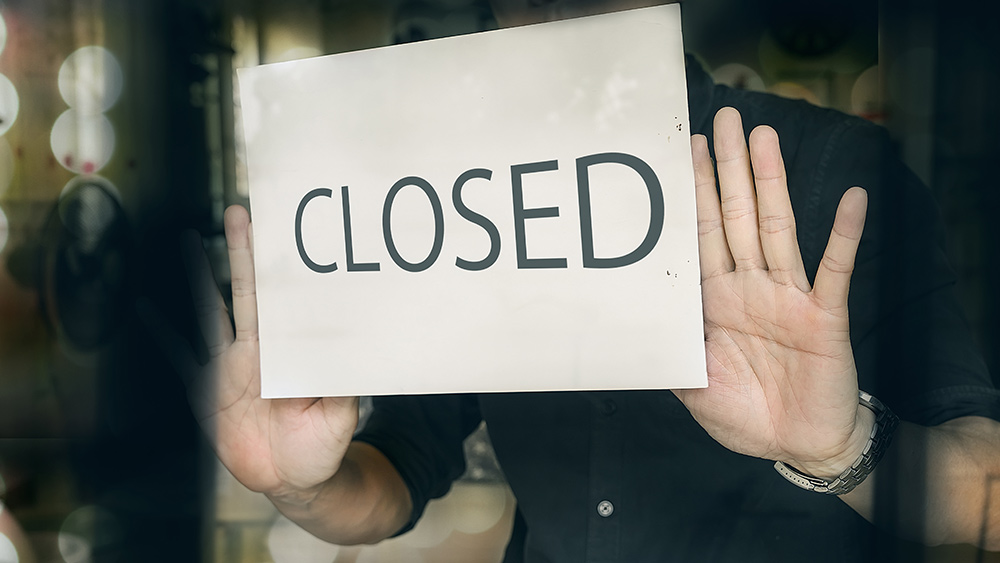
According to S&P Global Market Intelligence data, the first two months of the year registered the highest total of bankruptcy filings since 2011: 57 in February and 54 in January. February's total has been the most in a single month since March 2021.
According to the stock market index tracker's May bankruptcy statistics, more than 50 companies filed for bankruptcy among publicly traded companies with at least $2 million in assets or liabilities and private companies with publicly traded debt and at least $10 million in assets or liabilities. These include the big ones, such as Envision Healthcare, Vice Holdings and its affiliate Vice Media, Kiddie-Fernwal and Monitronics International.
The May filings brought the five-month total to 286 bankruptcy filings – the most since 2010 and more than double the filings for the same period in 2022, which was 138.
Among the biggest bankruptcies is SVB Financial, the holding company of Silicon Valley Bank, which had collapsed and was taken over by the Federal Deposit Insurance Corporation (FDIC). Also included is Avaya, the telecom, software and services company that had issued $600 million in bonds just last year, as well as Bed Bath & Beyond, which is now liquidating. (Related: Top 25 US banks lose $89.7B after withdrawals surge following collapse of SVB and Signature Bank.)
Wolf Richter wrote on Wolf Street that the years of easy money caused all kinds of excesses in the market, fueled by yield-chasing investors in an environment where the Fed had repressed yields with all its might. Those yields-chasing investors kept even the most over-indebted zombies supplied with more fresh money. That era is now gone.
In mid-2021, the peak of the Fed's yield repression, BB-rated or "junk" companies could borrow at around three percent. These are firms that have too much debt and inadequate cash flow to service that debt.
"In other words, investors risked life and limb to earn three percent and now these investors are asked to surrender life and limb, so to speak. But that's how it goes with yield-chasing," Richter wrote.
End of easy money era sinks companies into debt
Richter noted that the problem today is not a collapse in prices or a collapse in demand.
"The problem now is that the debt got a lot more expensive and that investors thinking of buying this debt have gotten a little more prudent. The problem is the end of easy money," Richter said. He further explained that once companies get hooked on cheap money by having piles of debt, it's tough to get by without it.
But the finance writer is positive that the bankruptcy filings will eventually calm down. "Bankruptcy filings will whittle down the corporate debt overhang. Many companies will emerge from bankruptcy with less debt and be nimbler and more able to thrive. Others will be sold off in bits and pieces, making room for appropriately managed companies not encumbered by these issues," Richter said.
"This cleansing process that has now just started is long overdue."
Visit Collapse.news for more news related to the fall of several big companies in the United States.
Watch the video below that talks about the current bankruptcy boon in America.
This video is from the Talking Hedge channel on Brighteon.com.
More related stories:
Corporate America experiencing BANKRUPTCY BOOM as recession looms.
Parent company of left-wing news site Vice to file for BANKRUPTCY.
Woke firm Bed Bath & Beyond that dropped Mike Lindell's MyPillow files for BANKRUPTCY.
Sources include:
Please contact us for more information.






















